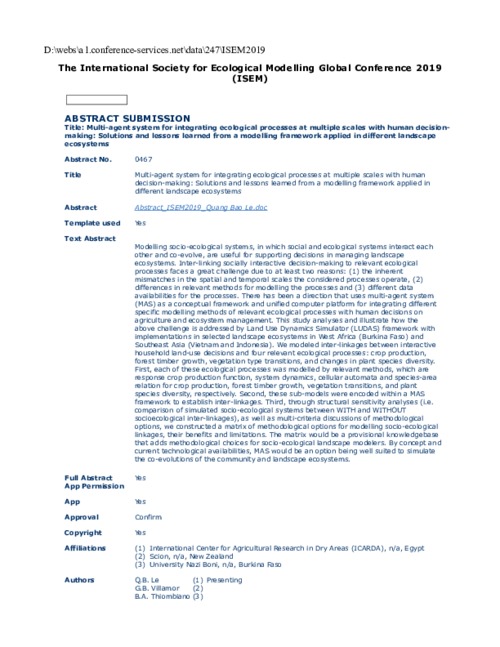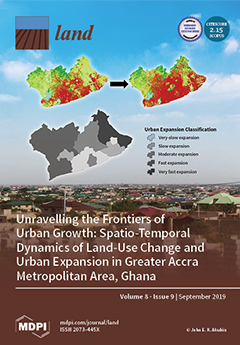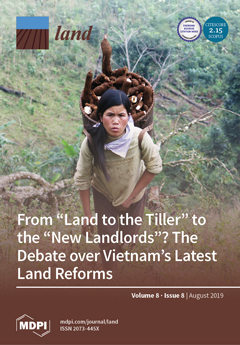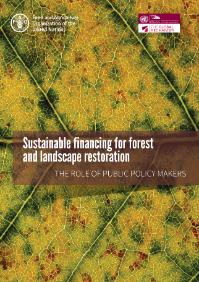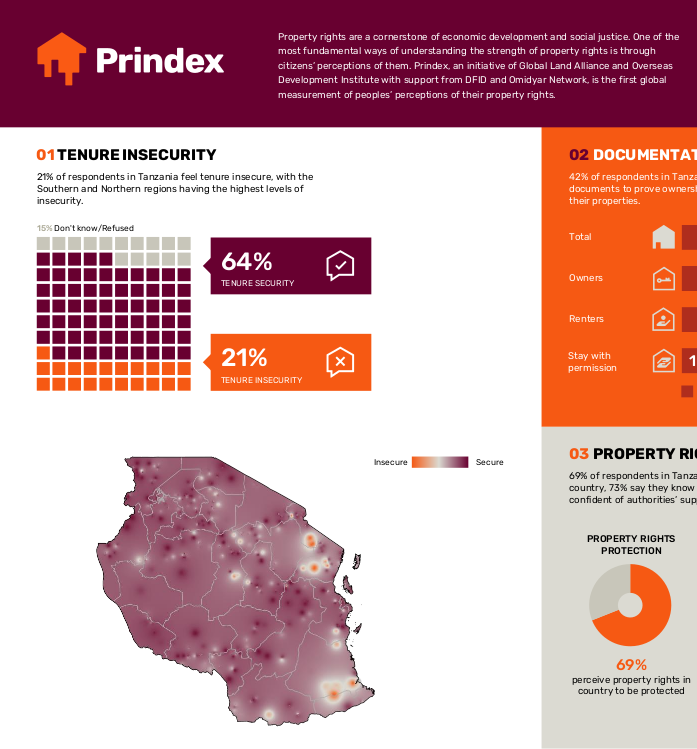This article is about the strategic use of adat arguments in the politics of large-scale land acquisition. While customary (adat) communities are commonly depicted as small local minorities living in the forests and being guardians of the environment, in many situations such communities occupy a…
Modelling socio-ecological systems, in which social and ecological systems interact each other and co-evolve, are useful for supporting decisions in managing landscape ecosystems. Inter-linking socially interactive decision-making to relevant ecological processes faces a great challenge due to…
Flooding is a routine occurrence throughout much of the monsoonal tropics. Despite well-developed repertoires of response, agrarian societies have been ‘double exposed’ to intensifying climate change and agro-industrialization over the past several decades, often in ways that alter both the…
Agricultural land pawning is not a new phenomenon to the traditional communities (Masyarakat Adat) in Indonesia, especially the matrilineal Minangkabau people who rely on their agricultural land for economic transactions. Based on the national law, customary law (referred to as Adat Law…
Peatland plays an important ecological and economic role in many countries all over the world. At the same time, due to various human and non-human interventions, peatland is also a fragile ecosystem, which is currently facing severe problems, such as deforestation, fires, and peat subsidence.…
Climate change (CC) is one of the primary threats to the agricultural sector in developing countries. Several empirical studies have shown that the implementation of adaptation practices can reduce the adverse effects of CC. The likelihood of farmers performing adaptation practices is mostly…
Singaraja is the second largest city after Denpasar in Bali. The magnitude of the potential of the region both trade and services, agriculture and tourism in Buleleng Regency has given a very broad impact not only on the economy but also the use of land. Economic development in the city of…
Indonesia is the fourth most populated country in the world with an annual population growth rate of 1.3%. This growth is accompanied by an increase in sugar consumption, which is occurring at an annual rate of 4.3%. The huge demand for sugar has created a large gap between sugar production and…
The expansion of oil palm plantations in Papua province, Indonesia, involves the conversion of forests, among other land types in the landscapes, which are a source of clan members’ livelihoods. The way in which this expansion occurs makes it necessary to understand the factors associated with…
This paper explores the potential of climate finance to support developing country efforts to shift away from unsustainable land use patterns in the context of the 2015 Paris Climate Agreement. We pursue two research objectives here. Through a meta-analysis of 40 developing country Nationally…
Public policy makers from developed and developing countries, at all levels (national, regional, local), have the opportunity to take leadership as FLR financing champions. Even without controlling private capital, they can support resource mobilization in a number of ways This publication…
Wave 2 country infographics in one document. Countries include: Benin, Bolivia, Cambodia, Colombia, Ghana, Indonesia, Jordan, Kenya, Malawi, Mexico, Morocco, Niger, Nigeria, Tanzania, Tunisia, Uganda, United Kingdom and Vietnam


